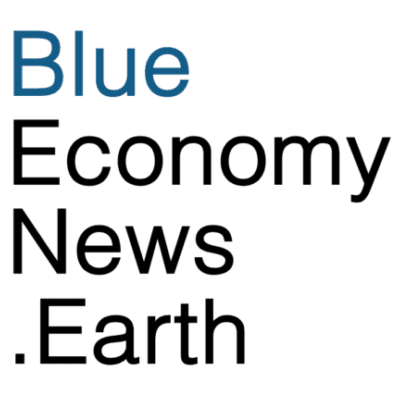Scientists at Stirling University have found that a chemical commonly found in sunscreen, Ethylhexyl Methoxycinnamate (EHMC), could making plastic in oceans even harder to break down. They found that EHMC can reduce the population of a bacteria called Marinomonas that helps degrade plastics, and alter Pseudomonas bacteria in a way that indirectly preserves plastics.
They said this is the first study conducted into co-pollution—where plastics in the sea act as carriers for other chemical contaminants.
Plastic waste in the ocean provides surfaces where microbes can grow, forming layers referred to as the plastisphere. Scientists have previously studied the role of the plastisphere, but little is known about how additional chemicals affect the microbes living on the plastic. Plastics also absorb other pollutants, including sunscreens washed off human skin that are insoluble in water, and these can then attach to marine plastic surfaces. Sunscreens are a combined threat because they can accumulate on plastics and remain in the environment.
Dr. Matallana-Surget, an Associate Professor in the Faculty of Natural Sciences, led the research in collaboration with Dr. Charlotte Lee, Dr. Lauren Messer and Professor Ruddy Wattiez at the University of Mons in Belgium.
The bacteria Pseudomonas includes species known for being resilient in polluted environments and for their ability to break down a wide range of contaminants including pesticides, heavy metals and hydrocarbons. However, some Pseudomonas strains are also classified as opportunistic pathogens, capable of causing serious infections that can require antibiotic treatment–raising potential public health concerns that researchers hope will be further investigated.
Researchers found that a Pseudomonas protein called outer membrane porin F was exposed to EHMC which is a problem because Porin F plays a crucial role in maintaining the structure of the protective layers that help bacteria survive hostile environments.
Researchers also observed a shift toward anaerobic respiration–where cells can generate energy in the absence of oxygen. This reveals a complete shift in the microbial metabolism within the plastisphere. The research shows that EHMC could hinder the development of useful aerobic bacteria that help break down plastic pollutants at an early stage, by favoring more stress-tolerant anaerobic biofilm-forming bacteria.
“The UV-protective properties of EHMC, combined with its suppression of hydrocarbonoclastic bacteria, may indirectly protect plastics from photodegradation and biodegradation, further contributing to their persistence in marine environments,” said Dr. Matallana-Surget. “This impact, combined with the enrichment of potentially pathogenic bacteria, raises significant concerns for ecosystem stability and human health, particularly in coastal regions with high rates of tourism, and high levels of plastic pollution.”
The paper, The Invisible Threats of Sunscreen as a Plastic Co-Pollutant: Impact of a Common Organic UV Filter on Biofilm Formation and Metabolic Function in the Nascent Marine Plastisphere, was published in the Journal of Hazardous Materials. Research was funded by the UKRI Natural Environment Research Council (NERC) and the National Research Foundation Singapore. It was further supported by the European Regional Development Fund and the Walloon Region, Belgium.

